A comprehensive, measured approach is key to long-term management
Moyamoya disease is a rare cerebrovascular disorder characterized by progressive narrowing of the large intracranial arteries. While it is often seen in patients with large-artery intracranial occlusive disease, etiologies are numerous and the cause is often unknown. As a result, misdiagnosis and delayed treatment are common.
Advertisement
Cleveland Clinic is a non-profit academic medical center. Advertising on our site helps support our mission. We do not endorse non-Cleveland Clinic products or services. Policy
“The approach often is, ‘This patient has a blood vessel problem, and we need to revascularize,’” notes Andrew Russman, DO, Medical Director of the Comprehensive Stroke Program at Cleveland Clinic. “We need to take a step back. For the majority of patients, we have at least some time to investigate the underlying etiologies. Taking a comprehensive approach is critically important to long-term management for those who have moyamoya disease or vasculopathy.”
In the latest episode of Cleveland Clinic’s Neuro Pathways podcast, Dr. Russman discusses the management and treatment of moyamoya disease, including:
Click the podcast player above to listen to the 30-minute episode now, or read on for a short edited excerpt. Check out more Neuro Pathways episodes at clevelandclinic.org/neuropodcast or wherever you get your podcasts.
This activity has been approved for AMA PRA Category 1 Credit™. After listening to the podcast, you can claim your credit here.
Podcast host Glen Stevens, DO, PhD: What can you tell us about ongoing research that may shed further light on these conditions?
Dr. Russman: There aren’t a lot of randomized studies in populations of patients with moyamoya. I think that’s because many treating clinicians don’t have clinical equipoise for not performing revascularization on somebody who presents with ischemia and a very clear moyamoya vasculopathy. However, we have a lot of uncertainties about the approach to cases that are likely to be moyamoya syndrome, where we see such a heterogeneous group of patients and different conditions that are associated with the vasculopathies.
Advertisement
I think some of the important work that has to be done over time is to characterize this population more appropriately in terms of applying a standard evaluation and then understanding what are the propensities or likelihoods of detecting this within a large center, such as Cleveland Clinic. That is an effort that’s underway on our part. Others have looked at this and found variable percentages of these presentations of the subtypes.
From a treatment perspective, it still comes down to whether the patient is having recurrent ischemia and whether they are unable to maintain adequate flow, in which case revascularization is critically important to preventing future events. Whether it’s moyamoya disease or the syndrome of moyamoya, revascularization or surgical revascularization is the mainstay of therapy. And we would like to better understand how to combine medical treatments with surgical treatments, especially for patients with moyamoya syndrome.
Advertisement
Advertisement

New study advances understanding of patient-defined goals
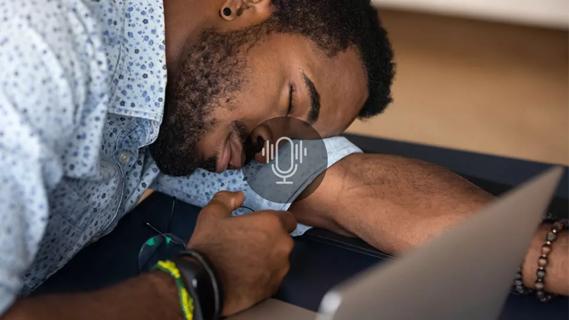
Testing options and therapies are expanding for this poorly understood sleep disorder
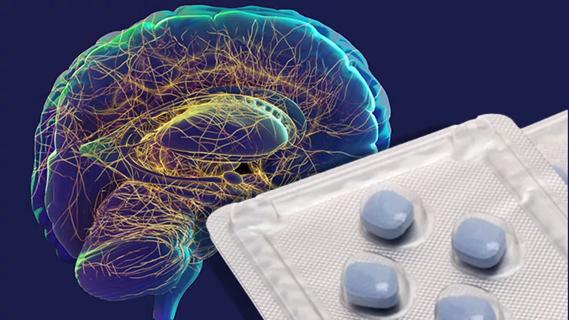
Real-world claims data and tissue culture studies set the stage for randomized clinical testing
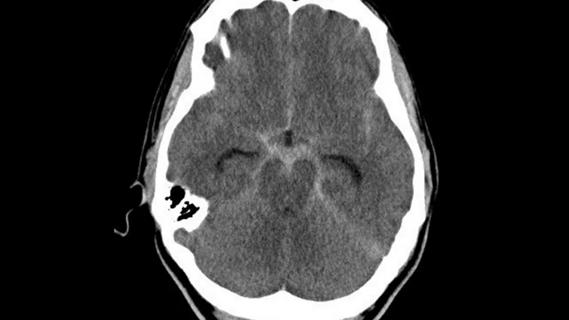
Digital subtraction angiography remains central to assessment of ‘benign’ PMSAH

Cleveland Clinic neuromuscular specialist shares insights on AI in his field and beyond
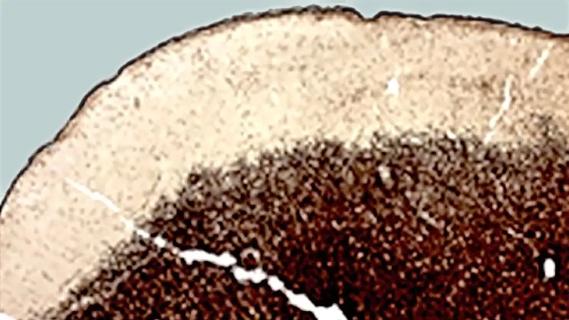
Findings challenge dogma that microglia are exclusively destructive regardless of location in brain
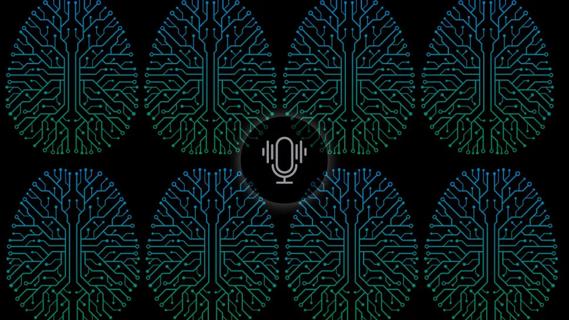
Neurology is especially well positioned for opportunities to enhance clinical care and medical training
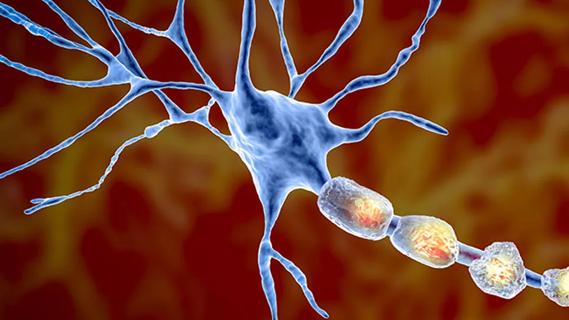
New review distills insights from studies over the past decade